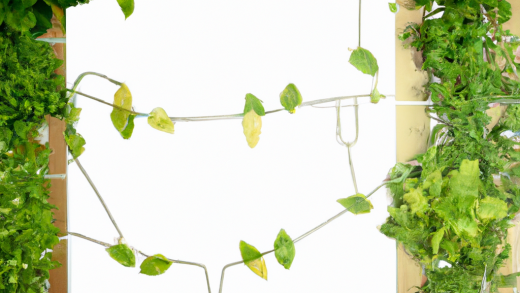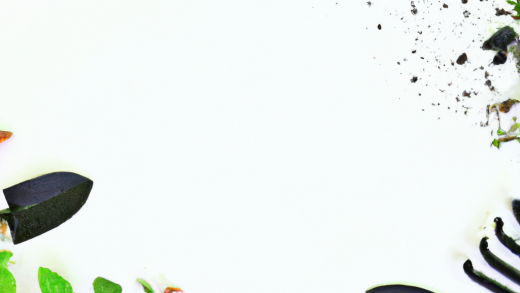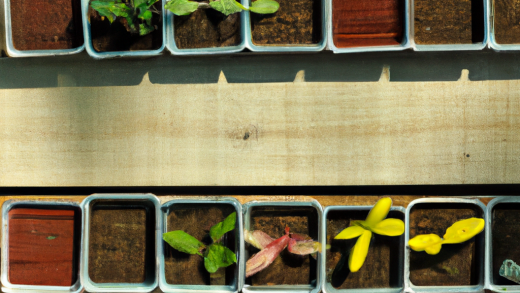Blossom Deals Await: Your Ultimate Garden Center Savings Form!
Creating a butterfly sanctuary in your garden center is like opening the gates to a magical world where vibrant colors flutter by and nature’s tiny wonders come alive. Honestly, it’s one of the most rewarding things I’ve ever done, and I’m here to share some tips and tales from my own journey into attracting these incredible pollinators.
Let me start by saying that I wasn’t always a garden guru. Nope! My thumbs were more beige than green for quite some time. But then, one breezy afternoon while sipping lemonade on my porch, I spotted a Monarch gracefully dancing around my neighbor’s flowers. It was captivating. That was my ‘aha’ moment—I wanted that beauty in my own backyard!
First things first, creating a haven for butterflies means understanding their needs: food, shelter, and water. Just like us when we’re setting up camp! You’ll want to plant both nectar plants (for adult butterflies) and host plants (for caterpillars). Trust me on this—having caterpillars munching away might seem alarming at first, but remember they’re just future butterflies in disguise.
One of my go-to nectar plants is the classic butterfly bush. Its clusters of fragrant blooms are like an all-you-can-eat buffet for butterflies. In fact, last summer I counted no less than ten different species buzzing around those bushes alone! Talk about diversity right in your yard.
Now here’s something you might not know: Butterflies love a good sunbath as much as we do! Position your sanctuary where it gets plenty of sunlight—around six hours if you can swing it—and avoid areas with strong winds or heavy foot traffic.
Oh boy, let me tell ya about watering spots! Butterflies need water too but aren’t really fans of deep dishes or birdbaths where they risk taking an accidental swim (yikes!). Instead, try setting out shallow puddles with flat stones for them to perch upon while sipping away safely.
And don’t get me started on how important native plants are—I learned this lesson after initially planting non-native species that just didn’t sit well with local critters. Native plants tend to be more appealing because they’ve co-evolved with local wildlife over centuries…makes sense now doesn’t it?
One real-life example from my adventures involved milkweed—the quintessential host plant for Monarchs. Initially hesitant because I’d heard mixed reviews about its invasive tendencies, I finally took the plunge after reading countless success stories online (and okay maybe chatting up every gardener within earshot). Lo and behold—it worked wonders! My little patch turned into bustling nursery beds full of hungry monarch caterpillars munching away happily without overrunning everything else!
Butterfly sanctuaries aren’t just eye candy; they’re vital ecosystems supporting biodiversity which ultimately helps our gardens flourish through increased pollination activity—not bad eh? Plus there’s something so soothing about watching these delicate creatures flit about during lazy afternoons…it reminds us all how simple joys can transform ordinary spaces into extraordinary ones.
So whether you’re starting from scratch or looking spruce up an existing plot—go ahead give those butterflies reasons flock over en masse…your heart will thank ya later when amidst everyday chaos—you find serenity among fluttering wings n’ colorful blooms right outside doorsteps awaiting discovery anew each day…and sometimes isn’t that what life’s truly bout after all?


